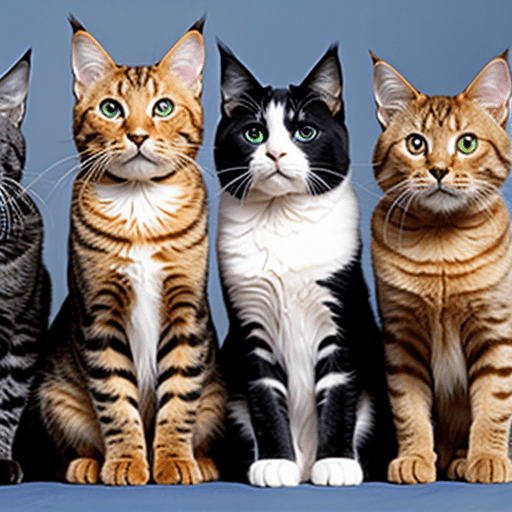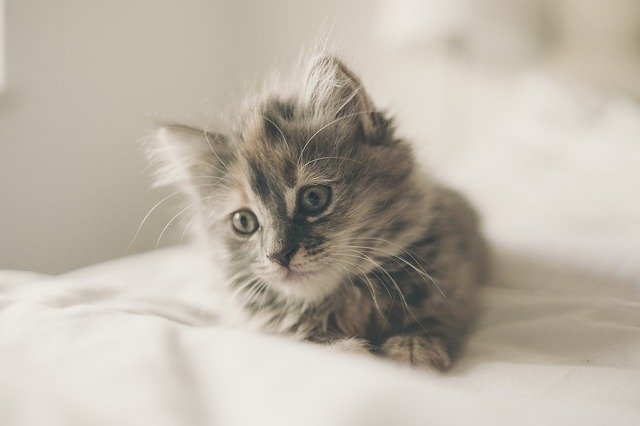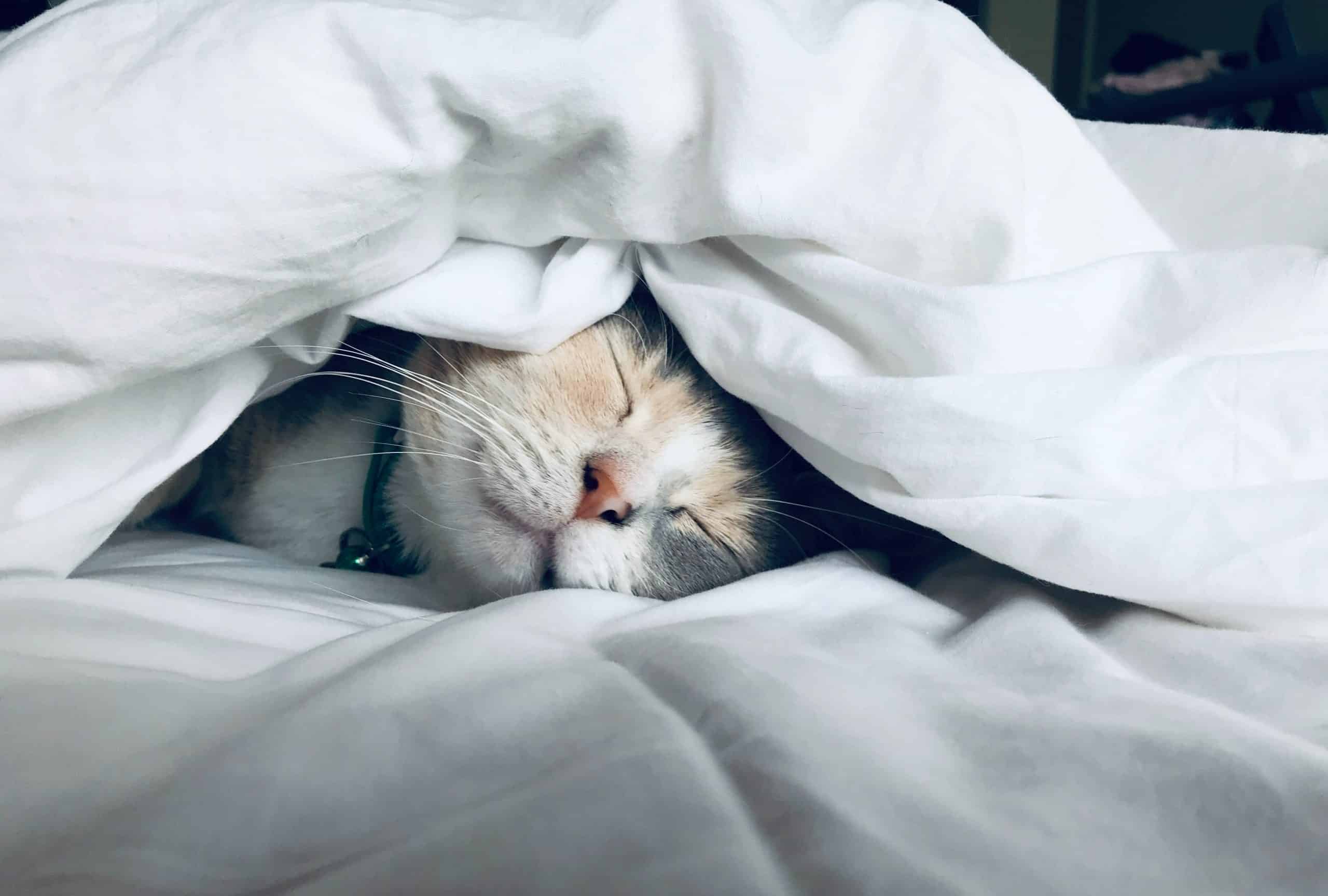Cats are one of the most popular pets in the world – and not surprisingly, people enjoy having their company immensely! But with so many different cat breeds, where should you start when it comes to choosing a cat? If you are considering purchasing a cat but keep getting lost in a sea of options, don’t be alarmed. Regardless of whether you are looking for a large or small breed, our blog post will help you find the best cat breed for your specific situation – as well as interesting information about the different types of cats. If you already have a cat, this blog post is also relevant to you: we cover the characteristics and traits of different breeds, as well as tips on caring for them. Whether you’re looking for a cuddly cat to complete your family, or you just want to learn more about cat breeds – this is the place to start!
What are the different types of cat breeds and their characteristics?
If you are just starting to look at different types of cat breeds, it can be overwhelming. There are more than 50 different types of cats recognized by the Cat Fancier’s Association in the United States – and that number is still growing. Differing colors, sizes and behaviors are just some of the characteristics that distinguish different breeds.
In short, generally speaking, cat breeds are classified into two major groups: European and Oriental. European cats are known for their large size, energy and traits specific to their breed. Oriental cats, on the other hand, are known for their smaller build and calmer temperament. Many cat owners choose both for their unique personalities and versatility.
Some of the most popular European cat breeds are British Shorthair, Maine Coon and Persian.
British Shorthair cats are known for their soft and silky coats and their sweet and easy to train nature. British Shorthair cats are intelligent and well-balanced. They have a short, thick coat with a characteristically even color.
Maine Coon cats grow up to one meter tall and weigh 10 kg, have thick fur and are usually considered a more active breed.
Ragdolls are super sweet, gentle and let themselves hang when you pick them up. Hence the name: like a rag doll.
Persian cats are known for their full and soft coats.
While European cat breeds are known for their hard-nosed personalities, Oriental cat breeds are known for their calm, quiet characters. Bengals, Siamese and Abyssinians are some of the most popular.
Which kind of cat suits you best depends on your personal preference, budget and lifestyle.
Furthermore, Cat breeds are usually divided into small and large breeds. Cat breeds belonging to the small category are Persians, European shorthair (the standard cat in our regions), Russian blue, and Devon rex. These cat breeds are small in size and generally have short hair that is easy to care for.
Large breeds include Maine Coon, Siberian, Ragdolls and Bengals. They generally have long, thicker coats that require more frequent brushing or blowing than their smaller relatives. Many of these varieties are also remarkably active.
When it comes to the best cat breeds, the most popular options include European Shorthair, Siamese, British Shorthair and Abyssinian. Siamese cats are known for their loyal nature and cuddly personalities. They have light colored fur with a dark black tail, neck and ears. Finally, Abyssinian cats are energetic, loving and highly intelligent.
Health risks by cat breed
Cats are a sought-after pet and there are many different cat breeds to choose from, but each breed has its own health problems. Each cat has unique needs.
Because of their small build, Siamese are prone to respiratory and eye problems. Siamese are also at a higher risk of obesity if they do not receive adequate exercise and a diet tailored to their specific needs.
British Shorthair cats tend to develop hypertension. It is important that these cats be fed a diet that meets their specific nutritional needs. In addition, British Shorthairs have a higher risk of urinary blockage (Struvite) and therefore it is important that they drink water to reduce their uric acid.
Persian cats are also more likely to have problems with their eyes. These cats have sensitive skin, making them at higher risk for skin diseases.
Naked cats have a lot of sebum formation, you may need to wash them a little regularly. They also get cold quite easily in our climate and therefore get dressed quite often against this cold.
These clothes should be changed and washed daily or at least every 3 days.
Maine coon’s teeth are more likely to suffer. So be sure to check their teeth regularly for red (inflamed) gums. Furthermore of course you should comb and untangle them a lot.
European shorthairs have lived in our regions for years and are usually of the strongest cat breeds. Despite their stubborn nature, they are strong and you normally have fewer worries with them.
Conclusion: How to choose the best breed for your situation?
With the proper knowledge of different cat breeds, choosing the best cat for your specific situation is a simple task. In this article, we have covered a lot of information about different types of cat breeds, including domestic, short-haired and long-haired cats.
When looking for the best cat for your situation, it’s important to:
1. Choose a breed that fits well with your family situation. Cats with calming and quiet temperaments are often better suited for families with children.
2. Choose a cat that fits your lifestyle. Cats with low care needs, for example, are useful if you have a busy job.
3. Do your research on the possible genetic profile of the cat breed in question. There are many breeds that are extra vulnerable to some health problems.
4. Look at your budget, a Maine Coon quickly has a much higher price tag than a European Shorthair.
5. Visit a nearby shelter and learn about the different types of cats there.
The ultimate goal is to find a breed that is a good match for your family situation and lifestyle. Combining your knowledge with the information gleaned from this article will help you choose the best cat breed for your situation!



